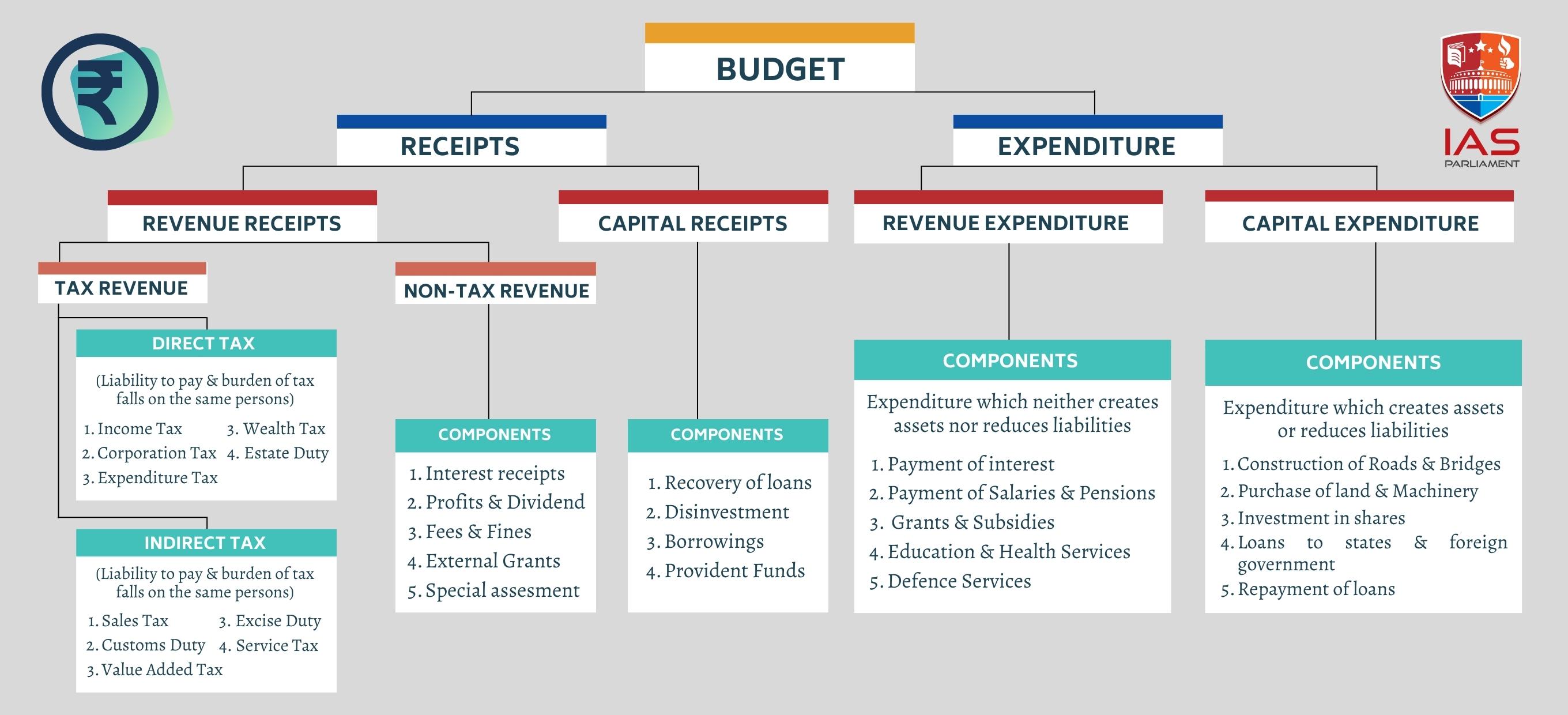900 319 0030
enquiry@shankarias.in
The Finance Ministry report highlights two key areas of concern for the Indian economy - the fiscal deficit and the current account deficit.
References
Quick facts
Glossary
Revenue deficit = Total revenue expenditure – Total revenue receipts
Fiscal deficit = Total expenditure – Total receipts excluding borrowings
Primary deficit = Fiscal deficit-Interest payments
